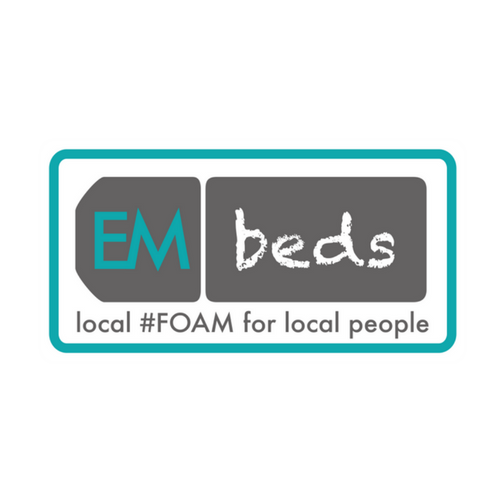Generally we DON’T admit patients acutely solely for “Detox”
However the following groups should be admitted [taken from trust guide]
- Patients requiring admission for another reason – refer to appropriate specialty (e.g. Head injury going to CDU, or Upper GI bleed going to medicine)
- ALL patients with symptoms / signs of Wernicke’s – medicine
- ALL patients with Delirium Tremens – medicine
- ALL alcohol withdrawal fits if patient to remain abstinent – medicine
- ALL alcohol related seizures with possible other trigger – medicnie
- ALL decompensated alcoholic liver disease – medicine
If admitted to CDU – complete the PAT tool
Chlordiazepoxide
The following is a guide and the dose should be regularly reviewed – (CIWA-Ar is recommended to aid reviews)

Discharge: patients should not be sent home with >3 doses of chlordiazepoxide [unless agreed with community services]
Wernicke’s Encephalopathy
Wernicke’s has a mortality of 10-20%, so should be looked for, and treated appropriately
Signs/Symps
- Acute peripheral neuritis
- Alcohol withdrawal fits
- Ataxia – not due to intoxication
- Confusion/Coma/Reduced Consciousness – not due to intoxication
- Delirium Tremens
- Hypotension
- Hypothermia
- Memory disturbance
- Ophthalmoplegia – paralysis of the extra-ocular muscles controlling eye movements
- Physically unwell
Managment
- Treatment (under medicine) – Pabrinex 2 pairs, TDS, 2 Days (followed by prophylaxis regime)
- Prophylaxis – Pabrinex 1 pair, OD, 3-5days while requiring admission, then Thiamine 100mg TDS.
- Decompensated Liver Disease – Add Lactulose 15ml BD (aim 2-3 stool/day)
Delerium Tremens (DT’s)
This the most severe end of the withdrawal spectrum, and tends to come on suddenly 48-72 hours after stopping (or significant reduction) of alcohol consumption. It is typified by autonomic hyperactivity (Mortality is 15-35%).
Signs/Symps
- Agitation
- Confusion (Profound)
- Hallucinations(visual/auditory/tactile)
- Fever
- Tachycardia
- Hypertension
- Heavy sweating
Managment
- Admission – Medicine, will need close monitoring
- Chlordiazepoxide – Reducing regime & PRN
- Pabrinex – 2 pairs, TDS
- Seizures – Standard therapy with early benzodiazepines
Arranging Follow Up
AUDIT SCORE RISK CATEGORY DESIRED ACTION – Calculator
0 –7 Lower risk – No intervention required
8 –15 Increasing risk – Brief Advice/offer Brief Intervention
16-19 Higher risk – Extended BA/Intervention
20+ Possible dependence – Referral to services
Those requiring follow up – copy of the assessment and patient details can be left in the drug&alcohol box in majors area, for the alcohol liaison team
